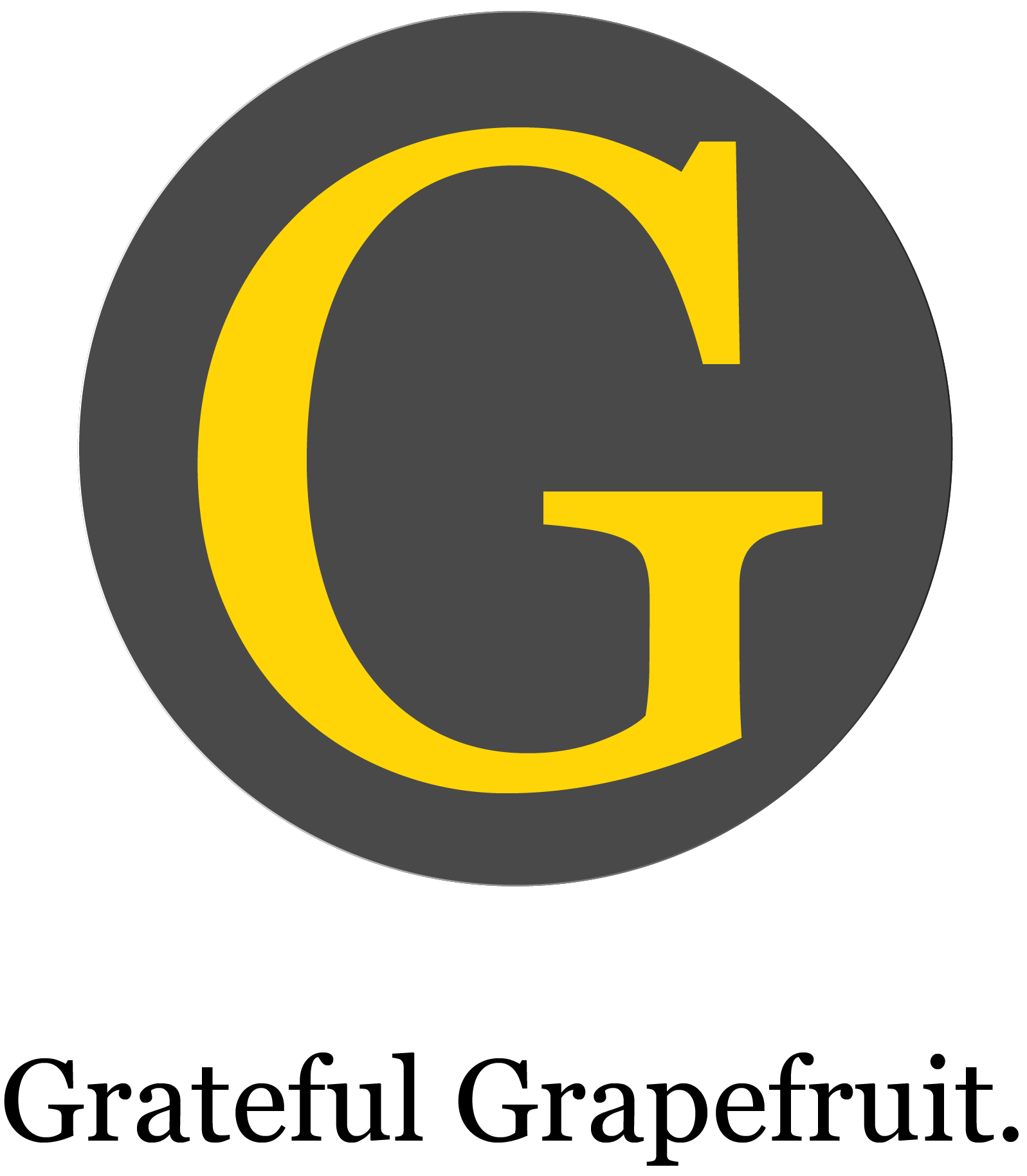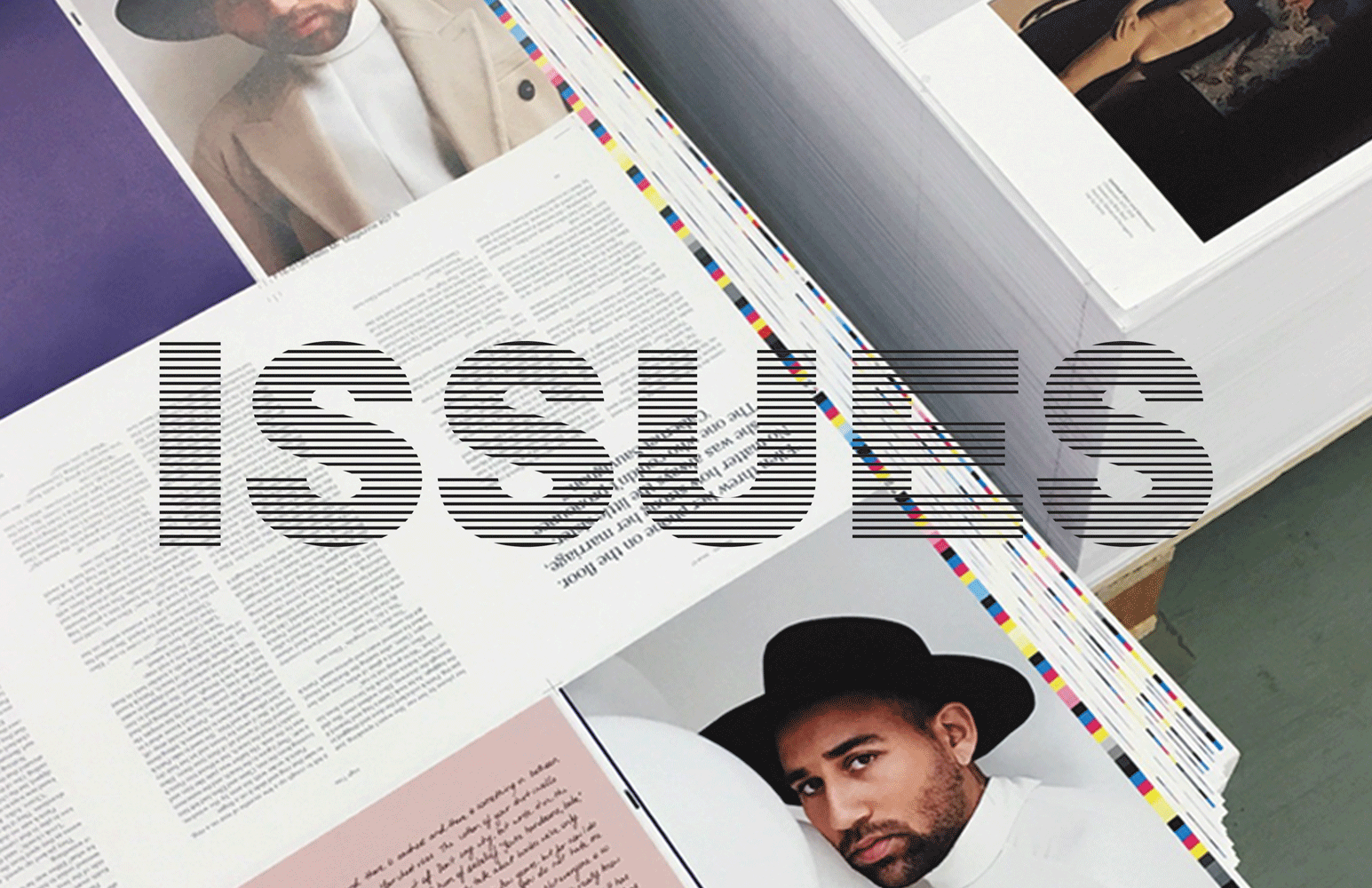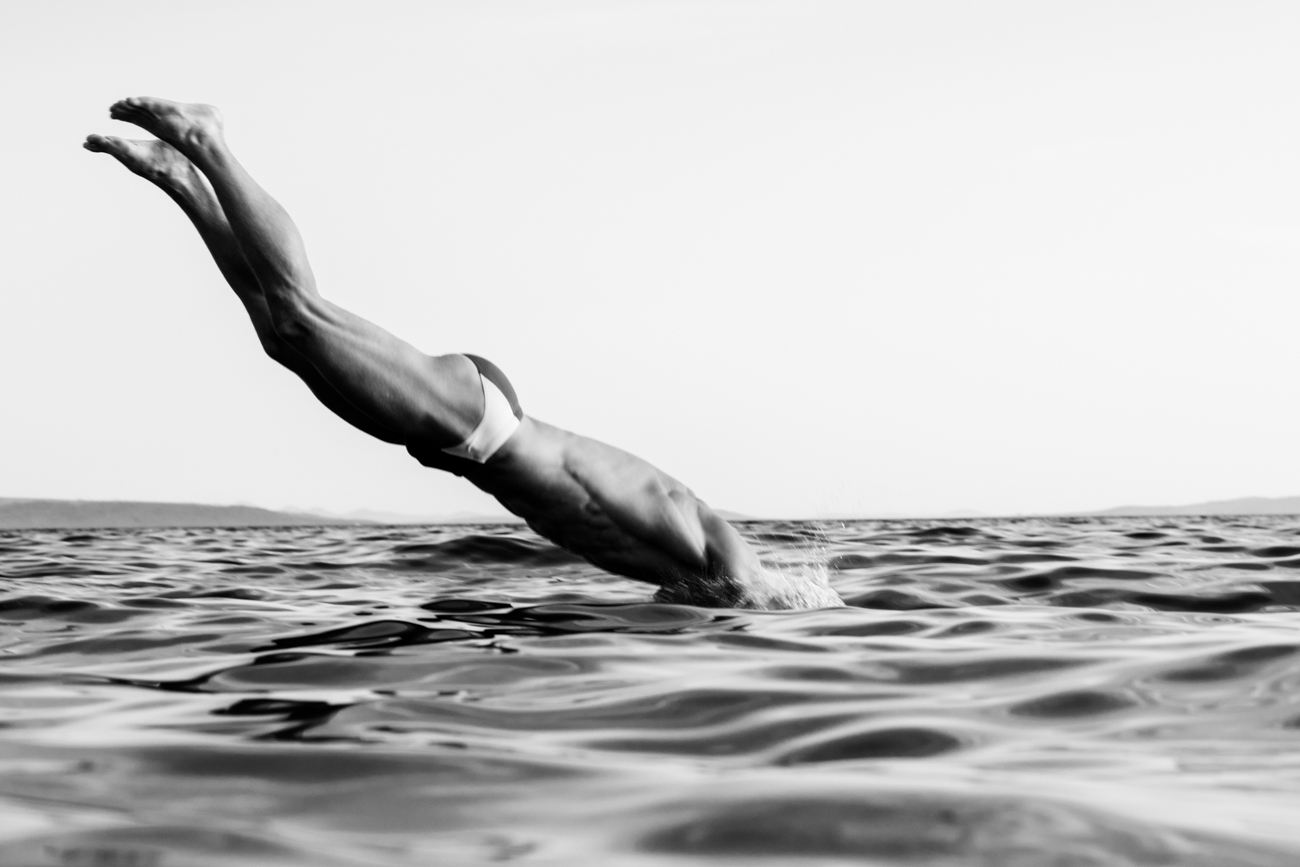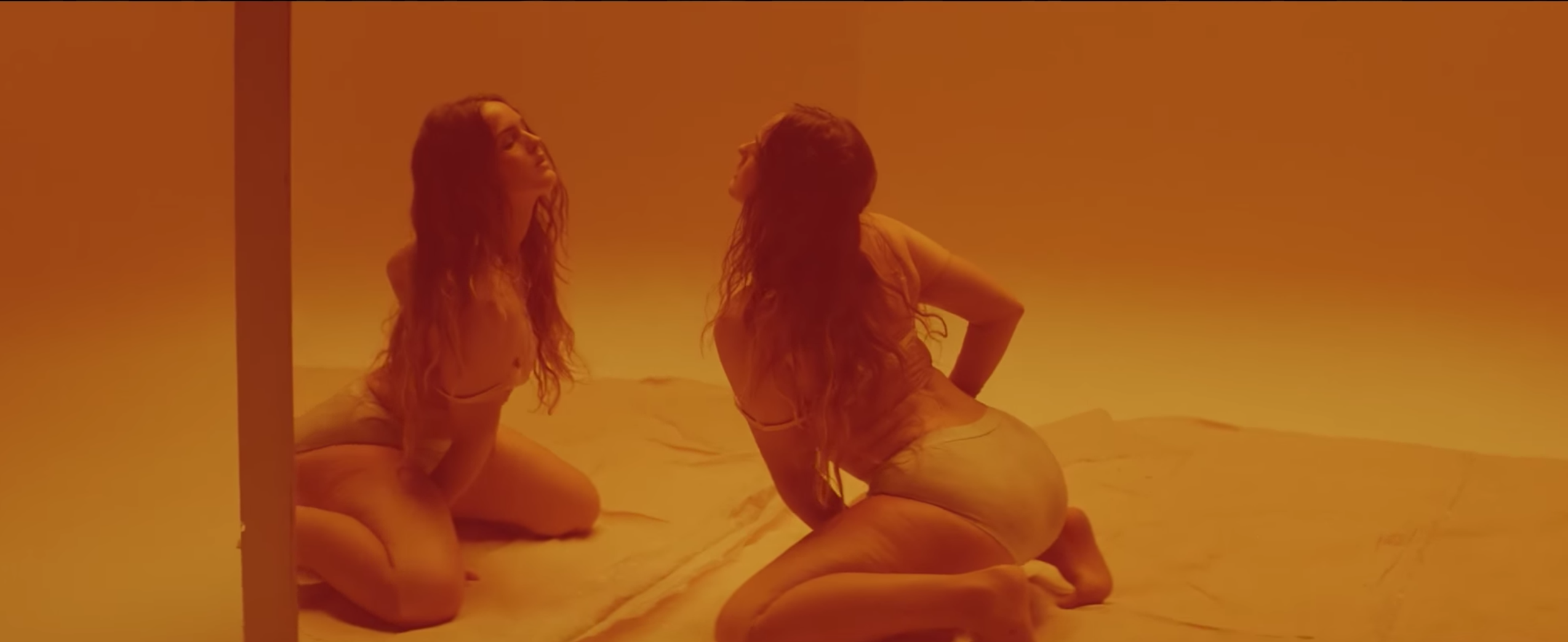
Tracing Mobility Berlin
It was supposed to be a quiet early night. However, since I’ve made overworking myself my new unsexy hobby that slowly replaces my private life, my friend and über fierce mentor Nadja aka the hostess with the mostest from ArtStars decided to break the pattern and take me on an arts night out. The venue – the legendary oyster-shaped building of Haus der Kulturen der Welt(House of World’s Cultures); the event – vernissage of Tracing Mobility, a group exhibition set out to examine how electronic networks and mobile media are transforming our conceptions of time, space and distance.
The project presents the positions of 16 international artists who trace the shifting terrain of global and local mobility, virtual and material movement. They use a variety of approaches to pursue the numerous questions of our present’s mobility: Where can we escape to when online- and offline worlds clash? How do I remain focused on the person I’m having dinner with despite Twitter, Instagram and numerous dating apps in my hand? Etc.
Once we entered the exhibition and picked our press material, I got to see what desperate attention seeking curators/artists/creative people look like. As well as what it’s like to be the successful media powerhouse behind ArtStars. As long as Nadja and I made it down the stairs the vultures started to hover around us, seeking their 5 minutes private time with my friend. It was undoubtedly a night of hot artists (not just in a creative kind of way) that taught me many tricks of the business (thank you for that, Nadja!)
My personal star of the night was Institute for Boundary Interactions member Mark Selby and his Camera Explora. Inspired by the route maps that many of us keep after a journey, Camera Explora scales this practice from one that plots the places we visited, to one that plots the experiences we record. Photography becomes a tool for exploration. Each camera comes with a map of a city to which it is configured, and allows one photo for each grid square on the map. When that photograph has been taken the camera is disabled until the next square is reached. In encouraging exploration, the camera becomes the tour guide. Meanwhile, machines plot the photographers’ route through the city, producing drawings that can be overlaid onto the map, while the photos they take are printed as they go.
Curator’s favorite and unprecedented winner of gallery space is Berlin/London based artist Simon Faithful with his 3 pieces – Going Nowhere, The Electrification of Dark Peak and Limbo, An expanding Atlas of Subjectivity based on his iPhone app with the same name. His work has been described as an attempt to understand and explore the planet as a sculptural object:to test its limits and report back from its extremities, to connect and collapse space and to understand how the far and mysterious relate to the everyday and mundane.
If not for those 2 inspiring artist, Tracing Mobility is definitely worth visiting for Aram Bartholl‘s Dust, which is 1:1 scale replica of one of the most played computer game maps in the world found in ego-shooter Counter Strike. Or Frank Abbott’s Muscle – a collection of videos produced with various mobile phones over the years as a correspondence between Frank and the painter Duncan Higgins. The video pieces, not longer than 10 seconds, are projected on a white wall by a projector placed on an robotic arm made of old CCTV camera holder that has typical human arm movements encoded in its program. You can see some of the videos here.
After we finished exploring and tracing mobility in Haus der Kulturen der Welt, Nadja and I escaped the art jungle and caught up on dinner getting some burgers while fiercely booty-bouncing to Nicki Minaj. Just like real art stars.







